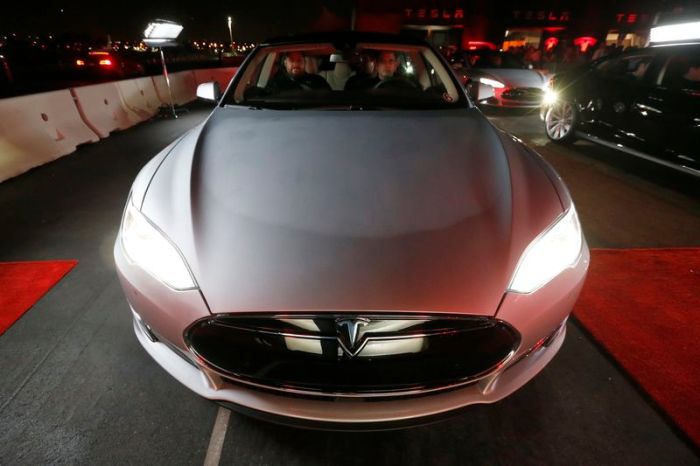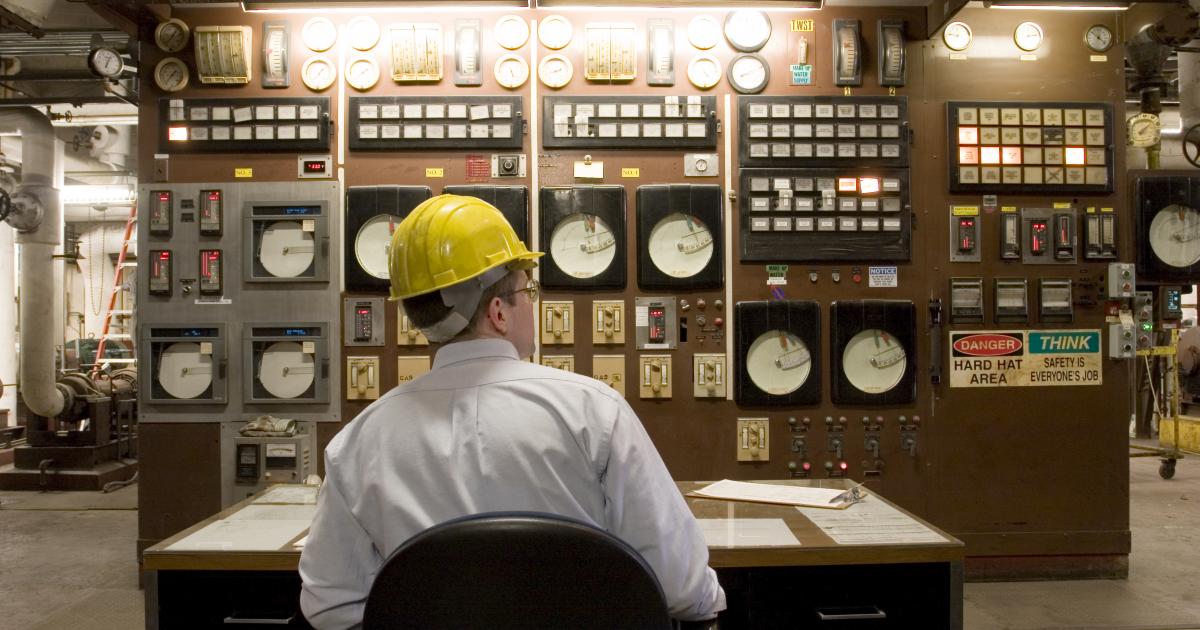As why are standard low-efficiency furnaces no longer manufactured takes center stage, this opening passage beckons readers into a world crafted with academic precision and authoritative tone, ensuring a reading experience that is both absorbing and distinctly original. The following paragraphs delve into the multifaceted reasons behind the phasing out of these outdated appliances, exploring the intricate interplay of government regulations, technological advancements, consumer demand, economic factors, and environmental concerns.
The content of the second paragraph that provides descriptive and clear information about the topic
Energy Efficiency Regulations and Standards

Government regulations have played a significant role in phasing out standard low-efficiency furnaces. In many countries, strict energy efficiency standards have been implemented, mandating that all newly manufactured furnaces meet minimum efficiency requirements.
For instance, the US Department of Energy (DOE) has established minimum efficiency standards for gas furnaces under the Energy Policy and Conservation Act (EPCA). These standards have gradually increased over the years, requiring manufacturers to produce furnaces with higher Annual Fuel Utilization Efficiency (AFUE) ratings.
Technological Advancements, Why are standard low-efficiency furnaces no longer manufactured
Technological advancements have made high-efficiency furnaces more feasible and cost-effective.
- Condensing Furnaces:These furnaces capture and reuse the heat from exhaust gases, significantly improving efficiency.
- Variable-Speed Blowers:These blowers adjust their speed to match heating demands, reducing energy consumption.
- Advanced Heat Exchangers:Improved heat exchanger designs enhance heat transfer and reduce energy loss.
Consumer Demand and Market Trends
Consumer demand has also played a role in the decline of standard low-efficiency furnaces.
- Rising Energy Costs:As energy prices have increased, consumers have become more interested in energy-efficient appliances that reduce their utility bills.
- Environmental Concerns:Growing awareness of the environmental impact of fossil fuels has led to increased demand for furnaces that reduce greenhouse gas emissions.
Economic Factors
Economic factors have contributed to the discontinuation of standard low-efficiency furnaces.
- Production Costs:The cost of manufacturing high-efficiency furnaces has decreased as technology has improved, making them more affordable.
- Energy Prices:The increased cost of energy has made the operating costs of low-efficiency furnaces less attractive.
- Government Incentives:Many governments offer tax credits or rebates for the purchase of energy-efficient appliances, further reducing the cost of high-efficiency furnaces.
Environmental Impact
Phasing out standard low-efficiency furnaces has significant environmental benefits.
- Reduced Greenhouse Gas Emissions:High-efficiency furnaces emit fewer greenhouse gases, such as carbon dioxide and methane, than standard low-efficiency models.
- Improved Air Quality:Low-efficiency furnaces release more pollutants, such as carbon monoxide and nitrogen oxides, into the air than high-efficiency models.
- Energy Conservation:High-efficiency furnaces use less energy to heat homes, reducing the demand for fossil fuels and preserving natural resources.
Question & Answer Hub: Why Are Standard Low-efficiency Furnaces No Longer Manufactured
What are the main reasons for the discontinuation of standard low-efficiency furnaces?
Government regulations, technological advancements, consumer demand, economic factors, and environmental concerns have all played a significant role in phasing out these inefficient appliances.
How do high-efficiency furnaces benefit consumers?
High-efficiency furnaces save energy, lower utility bills, and contribute to a more comfortable indoor environment.
What are the environmental advantages of transitioning to high-efficiency furnaces?
High-efficiency furnaces reduce greenhouse gas emissions and air pollution, contributing to a cleaner and healthier planet.


